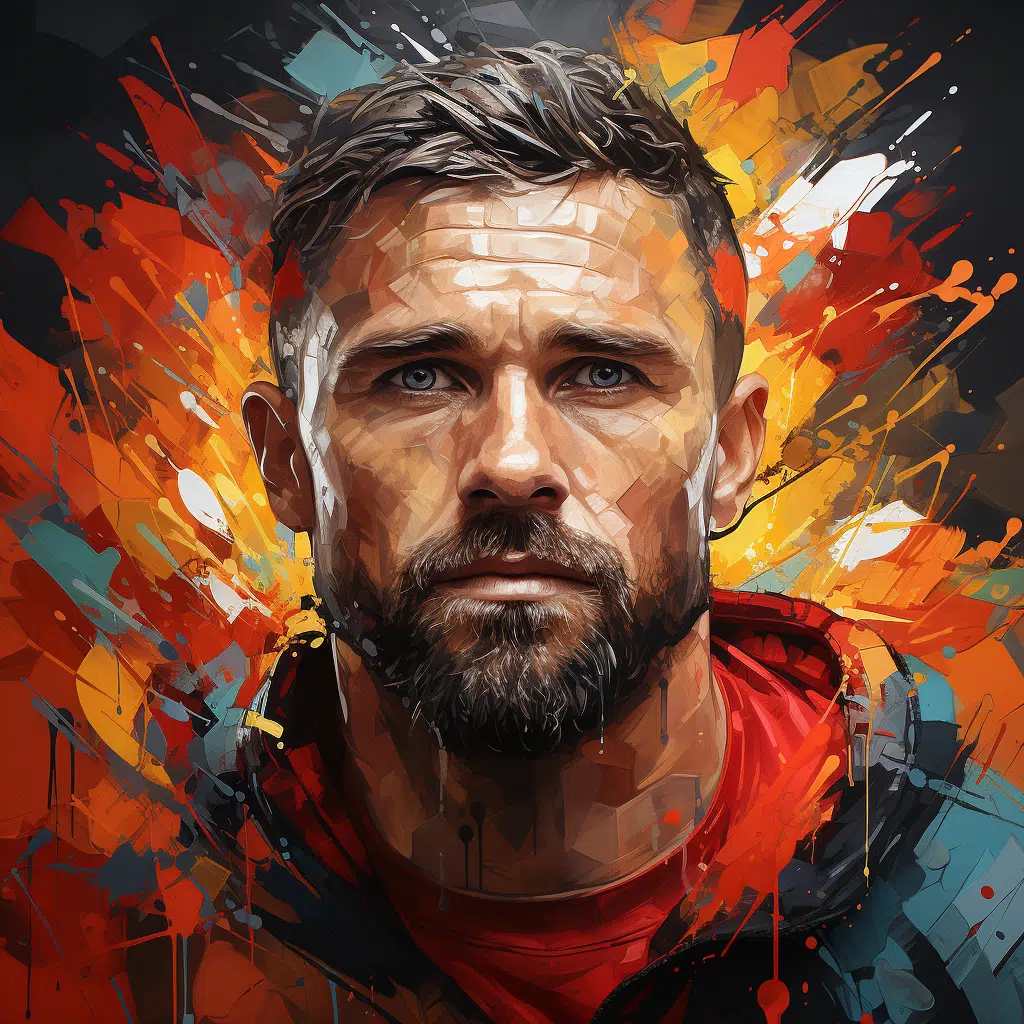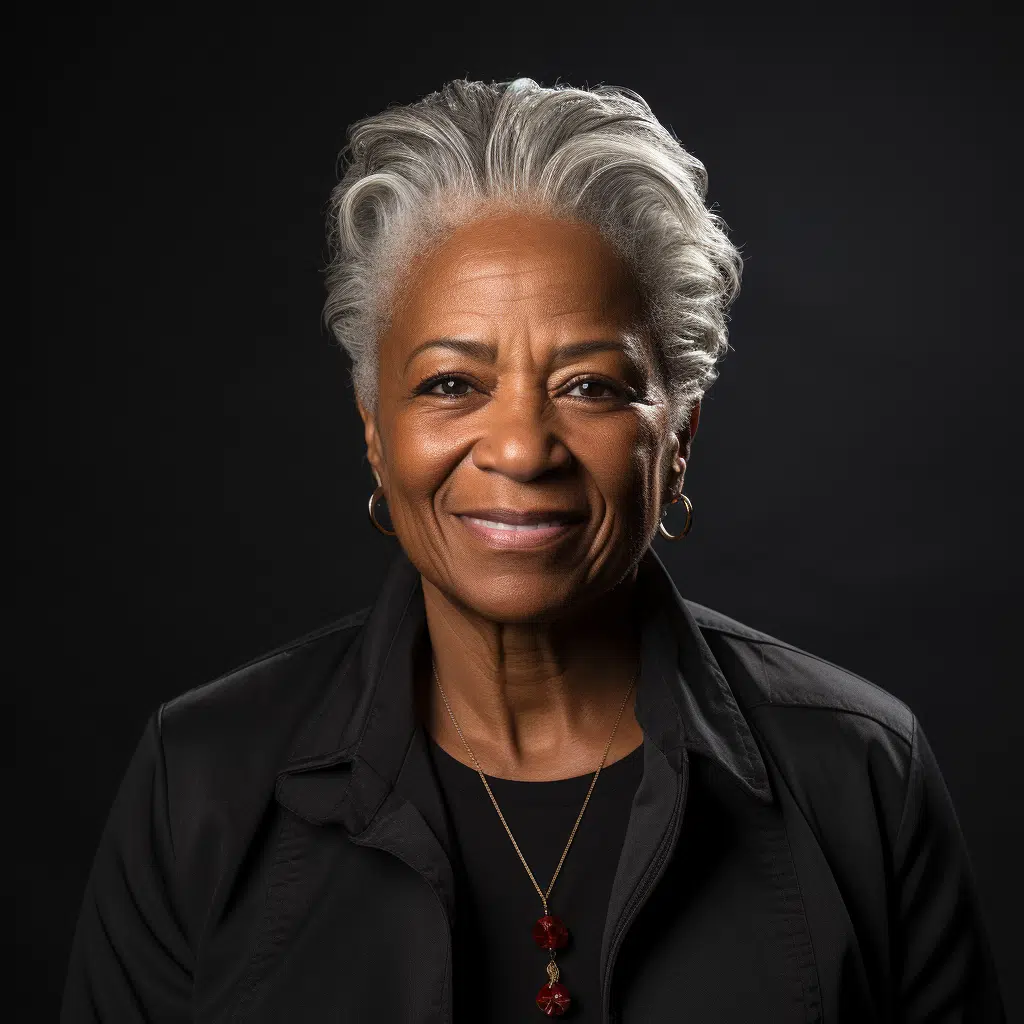When the name Eric Harris is mentioned, it conjures up an image that has been etched into the American consciousness: the tragedy of the Columbine High School massacre. Harris, alongside Dylan Klebold, carried out a plan on April 20, 1999, that resulted in one of the most notorious school shootings in history. Two decades on, the story of Eric Harris remains a complex tapestry intertwined with questions of morality, mental health, and societal influence.
Examining Eric Harris: The Complex Story Behind the Columbine Tragedy
Eric Harris has become synonymous with the overriding narrative of the Columbine massacre—an event that represents a confluence of violence, youth alienation, and unresolved mental health issues. The brief overview of his background, before the fateful day, paints a picture of a seemingly typical suburban teenager. However, a deeper analysis reveals layers of complexity that have contributed to how he is portrayed in the cultural and media narratives that have evolved over the years.
The Early Life and Influences on Eric Harris
Eric Harris’s childhood was outwardly unremarkable. Yet, there were undercurrents shaping a young man who would later confound the world. His family dynamics, as described by those who knew the Harris family, suggested a typical middle-class environment. However, the seeds of the tragedy to come may have had their roots in seemingly mundane details of Harris’s upbringing.
School life was another significant factor in Harris’s formative years. It was in the halls of education, within shifting social circles, that key interactions took shape. Harris’s online activities, too, painted a stark contrast to his physical experiences—his journal entries revealed a mind grappling with profound anger and alienation.
| Category | Details |
|---|---|
| Full Name | Eric David Harris |
| Date of Birth | April 9, 1981 |
| Date of Death | April 20, 1999 |
| Age at Time of Death | 18 years old |
| Place of Birth | Wichita, Kansas, USA |
| Incident | Columbine High School massacre |
| Date of Incident | April 20, 1999 |
| Location of Incident | Columbine High School, Littleton, Colorado, USA |
| Role in the Incident | Perpetrator |
| Co-Perpetrator | Dylan Bennet Klebold |
| Motivation | Complex and widely debated; factors include bullying, mental health issues, a fascination with weaponry, and a desire for notoriety. |
| Victims | 12 students and 1 teacher killed; 21 other people injured |
| Weapons Used | Guns: Hi-Point 995 Carbine, Savage 67H pump-action shotgun, Intratec TEC-9 semi-automatic handgun, Stevens 311D double-barreled sawed-off shotgun Explosives: 99 improvised explosive devices, propane bombs (which failed to detonate) |
| Outcome for Perpetrators | Both Harris and Klebold died by suicide in the school library where they had killed 10 of their victims. |
| Notable Interaction | Spared John Savage after a brief encounter and conversation during the shooting, suggesting a selective and personal decision-making process concerning their victims rather than indiscriminate targeting. The reasons for not harming Savage specifically are subject to speculation. |
| Legacy | The Columbine massacre became a reference point for discussions on gun control laws, school bullying, and violence in video games. Eric Harris’s journals and videos contributed to the analysis of the mindset of the school shooters. |
| Investigations and Reports | Multiple; including the FBI, Jefferson County Sheriff’s Office, and several independent investigators. Extensive analysis of both perpetrators’ family lives, school environment, social behaviors, and pre-incident warning signs was conducted. |
| Media and Cultural Impact | The massacre influenced numerous films, documentaries, books, and songs. It also had a significant impact on school security protocols and the implementation of new policies regarding threat assessment in schools. |
| Controversies | The massacre led to conspiracy theories and debates over the influence of violent video games and music, gun control laws, and the role of law enforcement during and after the incident. There were criticisms of missed signs and possibly preventable measures. |
Decoding the Mindset of Eric Harris
Psychological assessments post-tragedy attempted to unravel the twisted skein of Harris’s thoughts. Experts debated the role of mental health issues, drawing links between his behavior and clinical diagnoses that could point to underlying causes. Did his relationships provide a catalyst or even a barometer for his actions? Examining the psyche of Eric Harris has been akin to peering into a vortex where numerous factors were at play.
The Dichotomy of Honor and Crime in Eric Harris’s Actions
The topic of ‘honor’ in relation to Harris is deeply paradoxical. Yet, shards of honor’s reflection could arguably be seen when Harris and Klebold spared a classmate, John Savage, revealing a muddled moral compass. These counter-narratives beg the question: Can moments where Harris may have shown traits of honor be reconciled with the horror he unleashed?
The Media’s Role in Shaping the Image of Eric Harris
Media portrayal forms the lens through which society views events like Columbine. Initial reports were often driven by a scramble for sensational headlines, shaping an image of Harris that has undergone metamorphosis through movies, documentaries, and literature. The journey of Eric Harris from a human being to a symbol encapsulates the media’s immense power to mold public perception.
Eric Harris and the Ongoing Debate About School Shootings
Harris’s legacy is inexorably linked to discussions around gun control and preventative strategies. In the echo of his actions, we find an uncomfortable truth: Harris has been cited as an influence by subsequent shooters, forcing us to confront the systemic and psychological warfare within our schools. Strategies that aim to mitigate the factors leading to such tragedies are part of his complex legacy.
Unanswered Questions and the Quest for a Deeper Understanding
Research into Harris’s life continues as scholars and investigators search for elusive truths. What propelled him toward such a dark endpoint? The debates about his motivations unravel new aspects of the catastrophe, inviting us to consider the broader societal underpinnings that contribute to such events.
Toward a Balanced Narrative: Acknowledging the Full Scope of Eric Harris’s Impact
Producing a nuanced portrayal of Eric Harris is immensely challenging, as it requires delving into the multifaceted nature of his actions and their aftermath. There are concerted efforts to understand tragedies holistically, fostering dialogue and healing while acknowledging the pain caused.
Reframing the Legacy of Eric Harris and the Lessons for Future Generations
Can education and policy deliberations lead to constructive changes from the ashes of Harris’s actions? Embracing context and empathy is vital to honestly appraising historical events like Columbine. These events serve as cautionary tales and impetuses for constructive societal reform.
Bridging the Past and Present: A Contemporary View on Eric Harris
Shifting perspectives over time influence the legacy of individuals like Harris. A contemporary viewpoint informed by the lessons learned from Columbine necessitates a forward-looking stance, emphasizing the role of community and education in shaping these important narratives.
In conclusion, revisiting the Eric Harris narrative compels us to contemplate transformation through understanding. Each turn of the kaleidoscope reveals more about the factors shaping such a perplexing figure and reminds us of the potential for growth in the tapestry of our societal story. As we piece together the puzzle that is Eric Harris, let’s ensure the image we create is enlightening and serves as a beacon for change.
Eric Harris: A Glimpse of Honor at Columbine
Diving headfirst into the lesser-known facets of Eric Harris, we uncover some rather intriguing tidbits that might take you by surprise. Now, speaking of surprises, you’d be hard-pressed to find a connection between Harris and the rejuvenating effects of the best collagen powder, but the depth of human complexity is much like the layers of our skin—there’s always more than meets the eye. Similarly, the vibrant character Spinel From Steven universe offers a stark contrast to Harris’s dark legacy—animation provides a sweet escape from even the grimmest of realities.
Let’s twist the lens a bit, shall we? Just like a pair of chic Off White sunglasses, looking at different aspects of a story can shade it in a whole new light. Now, picture this: Eric Harris jamming out to Don Toliver, a juxtaposition of hip-hop beats against a backdrop of teenage angst. It’s these small, humanizing details that add layers to our understanding of people, reshaping them from monolithic figures into multifaceted individuals.
Unlikely Parallels and Hidden Layers
Who would’ve thunk it? Comparing an infamous youth like Eric Harris to the esteemed Erdenetuya Batsukh, who’s carved a positive niche in her field, reveals the unpredictable turns life can take. It’s a wild hop from the pages of history to the dynamic tactics of Miami Heat’s coach Erik Spoelstra, symbolizing that each walk of life has its game plan, whether on the court or in navigating society’s challenges.
Bouncing from one intriguing fact to another, it’s quite the leap to connect Eric Harris with talented actress Erica Tazel, known for her captivating portrayals in television’s enthralling dramas. The vibrancy of Tazel’s roles versus the infamy surrounding Harris underscores the spectrum of ways individuals can imprint themselves in our collective consciousness. In the vast gamble of life, some bets like the career of Claire Coffee, yield a harvest of accolades, while others leave behind a labyrinth of questions and what-ifs. It’s these tidbits that form the mosaic of human stories, sometimes awe-inspiring, other times cautionary tales, always compelling.
Why did they spare John Savage?
– Whew, talk about a close call! John Savage was spared by Eric and Dylan because they seemed to have a speck of respect for the guy—sort of like a flicker of honor in a storm of chaos, but let’s not get carried away; it was just a minor prevention in the grand scheme of things.
Did Eric Harris have a brother?
– Nope, Eric Harris wasn’t someone’s big brother; he didn’t have any siblings causing ruckus at the Harris’s dinner table.
What nationality is Eric Harris?
– Eric Harris was as American as apple pie, despite his family bouncing around from military base to military base due to his dad’s Air Force career.
When did the Columbine shooting happen?
– Mark your calendars for a grim reminder, folks—the Columbine tragedy unfolded on April 20, 1999, a date that’s etched in our memories for all the wrong reasons.
How is John the Savage a tragic hero?
– Hold your horses, you’re crossing your wires a bit! If you’re thinking about “John the Savage” from Huxley’s dystopian banger, “Brave New World,” then yeah, he’s a tragic hero alright—caught between two worlds and not fitting in either, making us all reach for the tissue box.
Why does Huxley call John the Savage?
– Aldous Huxley must’ve had a stroke of genius or something, ’cause he dubbed his character “John the Savage” to throw a wrench in our thoughts—it’s a twist on how John, raised away from the so-called ‘civilized’ society, might actually be the most human of them all.
Did Eric Harris have a deformity?
– Let’s set the record straight: Eric Harris didn’t have any physical deformities—any mess-up was in his actions, not his appearance.
Where was Rachel Scott shot?
– It’s heartbreaking, really—Rachel Scott was the first person shot outside Columbine High School, just minding her own business while having lunch.
Is Dylan Klebold alive?
– Sorry to say, Dylan Klebold isn’t around to tell his tale; his story ended on that tragic April day in 1999, right alongside Eric’s.
Was Eric Harris fluent in German?
– You might be onto something there—Eric Harris did have a knack for languages and was, in fact, pretty darn good with German.
Who were Eric Harris parents?
– Eric Harris’s folks? Yeah, that’s Wayne and Kathy Harris. They must have been through the wringer having their names tied to such a heinous act.
What football team does Eric Harris play for?
– Hang on a sec, we might have our wires crossed—Eric Harris wasn’t sporting any jerseys or scoring touchdowns; football wasn’t his playing field.
How many people died on Columbine?
– Talk about a day that’ll live in infamy! The Columbine massacre left an indelible scar with 13 victims losing their lives, not to mention the devastating aftermath for countless others.
Who is Dylan Klebold brother?
– Dylan Klebold’s brother, Byron, had to navigate the waters of being related to someone behind such a national tragedy, which couldn’t have been easy.
What state is Columbine High School in?
– If you’re pointing toward Columbine High School, set your compass for Colorado—a state that became known for something it never wanted to be.
What did John Savage do?
– Let’s not mix up our Johns—John Savage, the actor, has graced the screen in quite a few flicks, but if we’re still talking Columbine, then John was just a student trying to steer clear of trouble.
Is John the Savage a noble savage?
– Now, if you’re chewing over “John the Savage” from the world of novels, this fellow was certainly noble in his heart—though whether he’s a “noble savage” is all down to how you spin Huxley’s yarn.
How many movies has John Savage been in?
– John Savage, our actor buddy, isn’t exactly a one-hit wonder—he’s a seasoned pro with a resume that’s chock-full of over 150 movie credits!
Who were Eric Harris parents?
– Wayne and Kathy Harris, come on down—you’re the parents who brought Eric into the world and, sadly, got a first-row seat to one of history’s darkest acts.




























